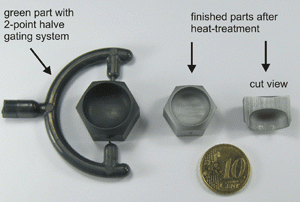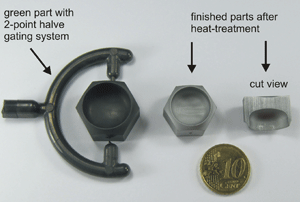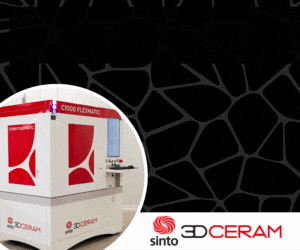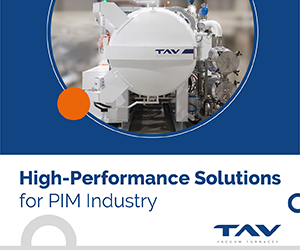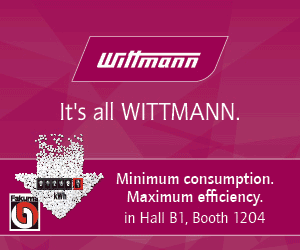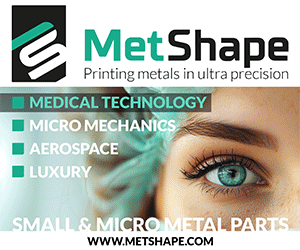KIT investigates the mass production and joining of divertor parts for nuclear fusion power plants via multicomponent tungsten PIM
July 19, 2012
At Karlsruhe Institute of Technology (KIT), Germany, divertor design concepts for use in future nuclear fusion power plants, beyond the International Thermo-Nuclear Experimental Reactor (ITER), are being intensively investigated. The KIT divertor design concept for the future Demonstration Reactor for Commercial Power Production (DEMO) power reactor comprised applied research and the development of structural and armour materials, as well as fabrication technologies.
The divertor is one of the most important plasma-facing components of the reactor and has to withstand high surface heat loads (up to 10 MW/m²). The main function of the divertor is to remove impurities and eroded particles from the fusion plasma.
Tungsten and tungsten alloys are presently considered as the most promising materials, primarily thanks to their typical material properties such as high temperature strength and low erosion rate, to withstand extreme conditions. The manufacturing of parts by mechanical machining, such as milling and turning is, however, extremely cost and time intensive because tungsten is very hard and brittle.
Powder Injection Moulding (PIM) has been adapted to tungsten processing at KIT for a number of years. This production method is deemed promising in view of the requirement for the large-scale production of near-net-shape high precision tungsten parts. PIM therefore offers a significant cost-saving advantage compared to conventional machining. The properties of the successfully manufactured divertor parts, consisting only of pure tungsten, were a high density >98 % T.D., a hardness of 457 HV0.1, a grain size of approximately 5 µm and a microstructure without cracks or porosity.
Based on these results a new two-component PIM tool has been developed. This new fully automatic multicomponent PIM tool enables, in one step, the replication and joining together of different materials without the need for brazing, as well as the creation of composite materials. This tool will also enable the further development and assessment of new custom-made tungsten materials as well as allow further scientific investigations on prototype materials, for use in general R&D, and for developing industrial products for a wide range of applications.
For more information contact Steffen Antusch, email [email protected]




